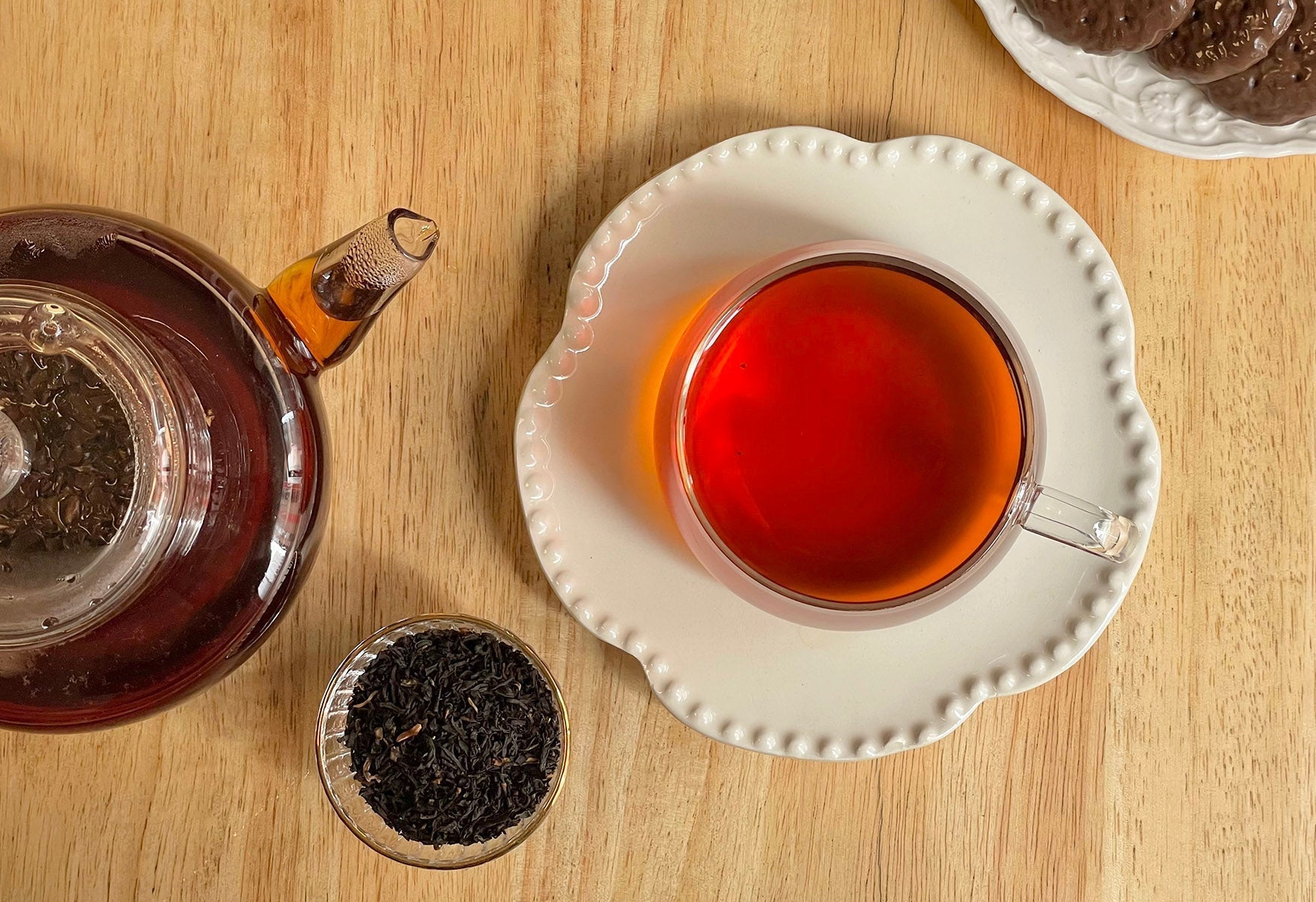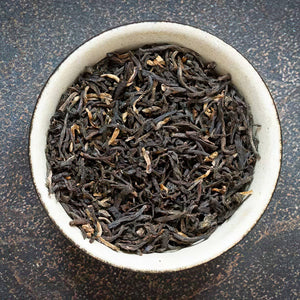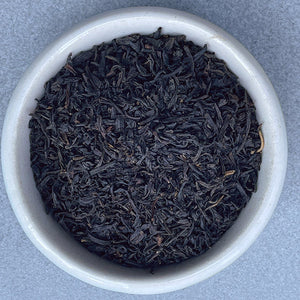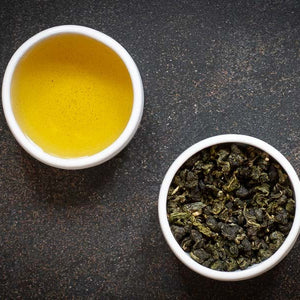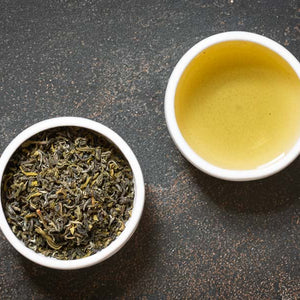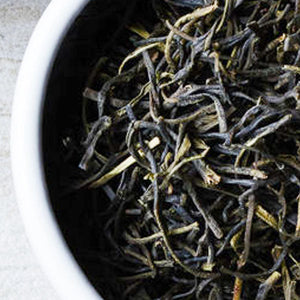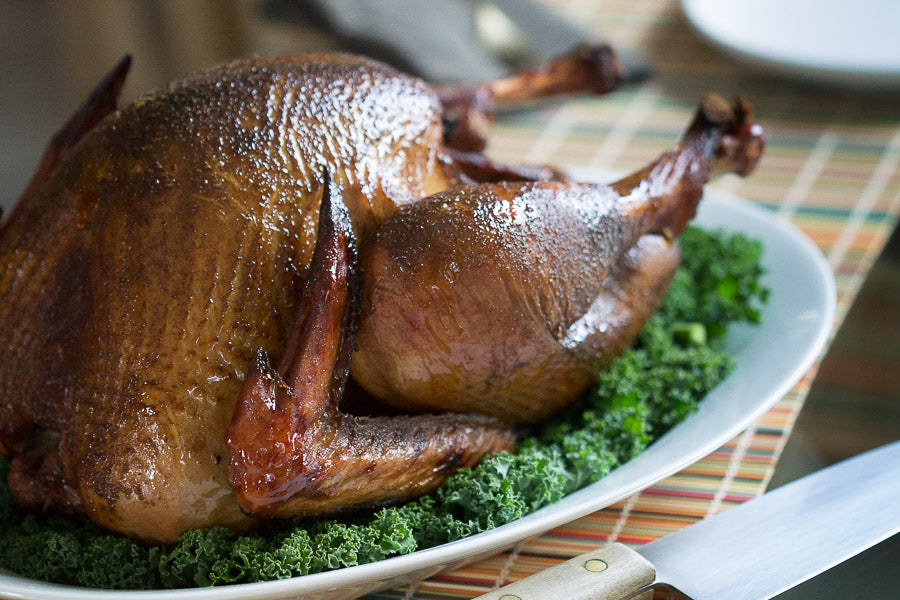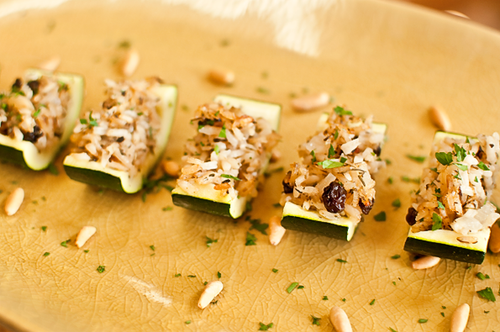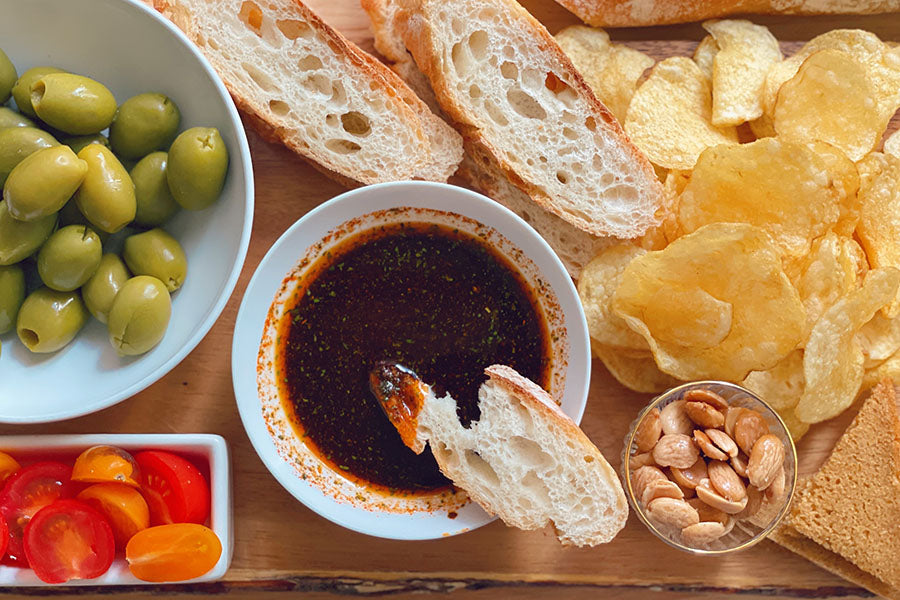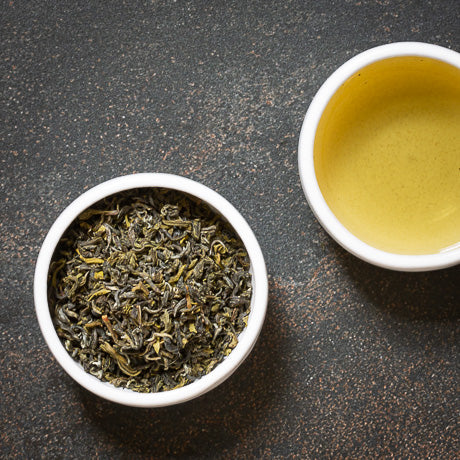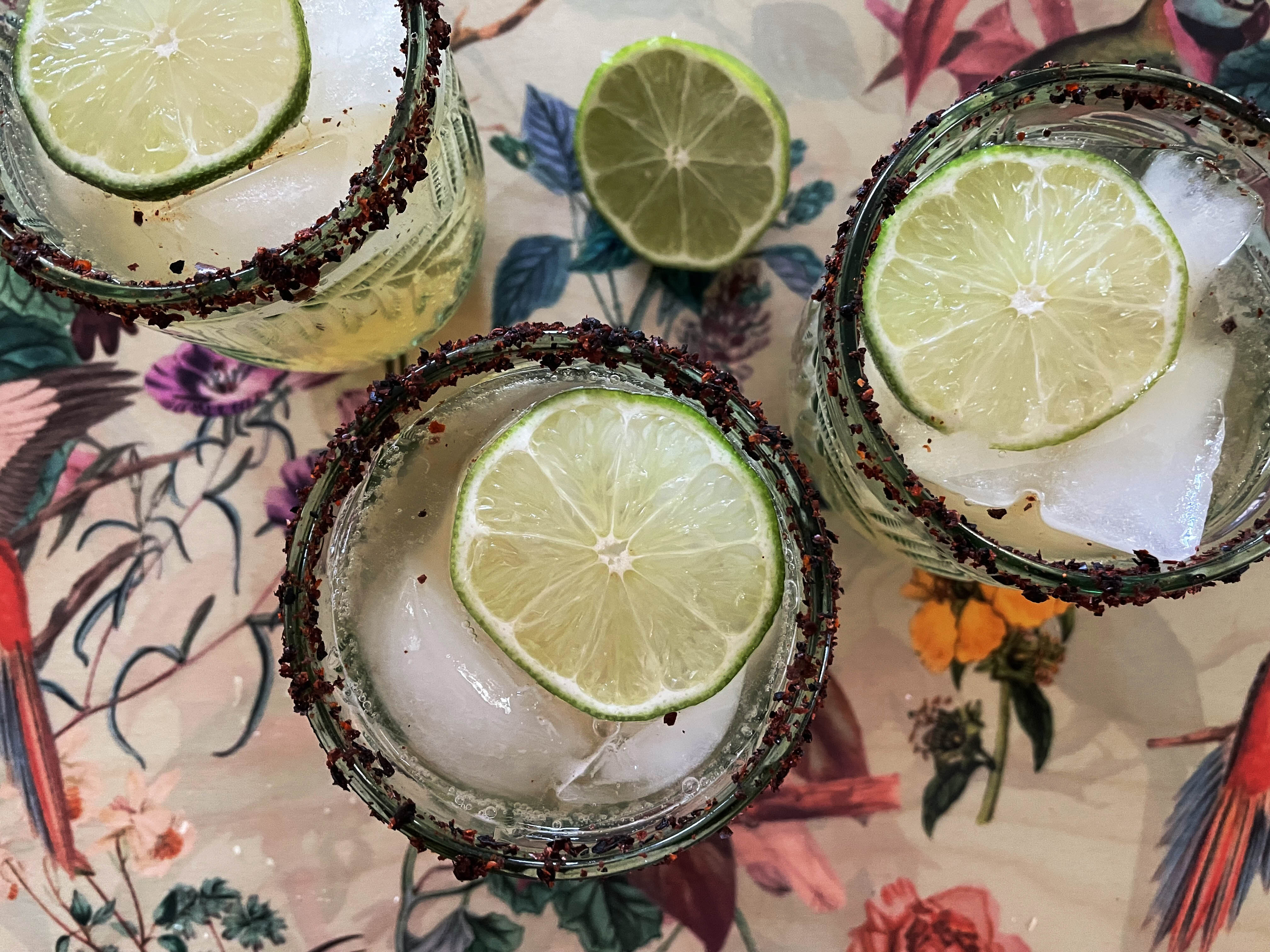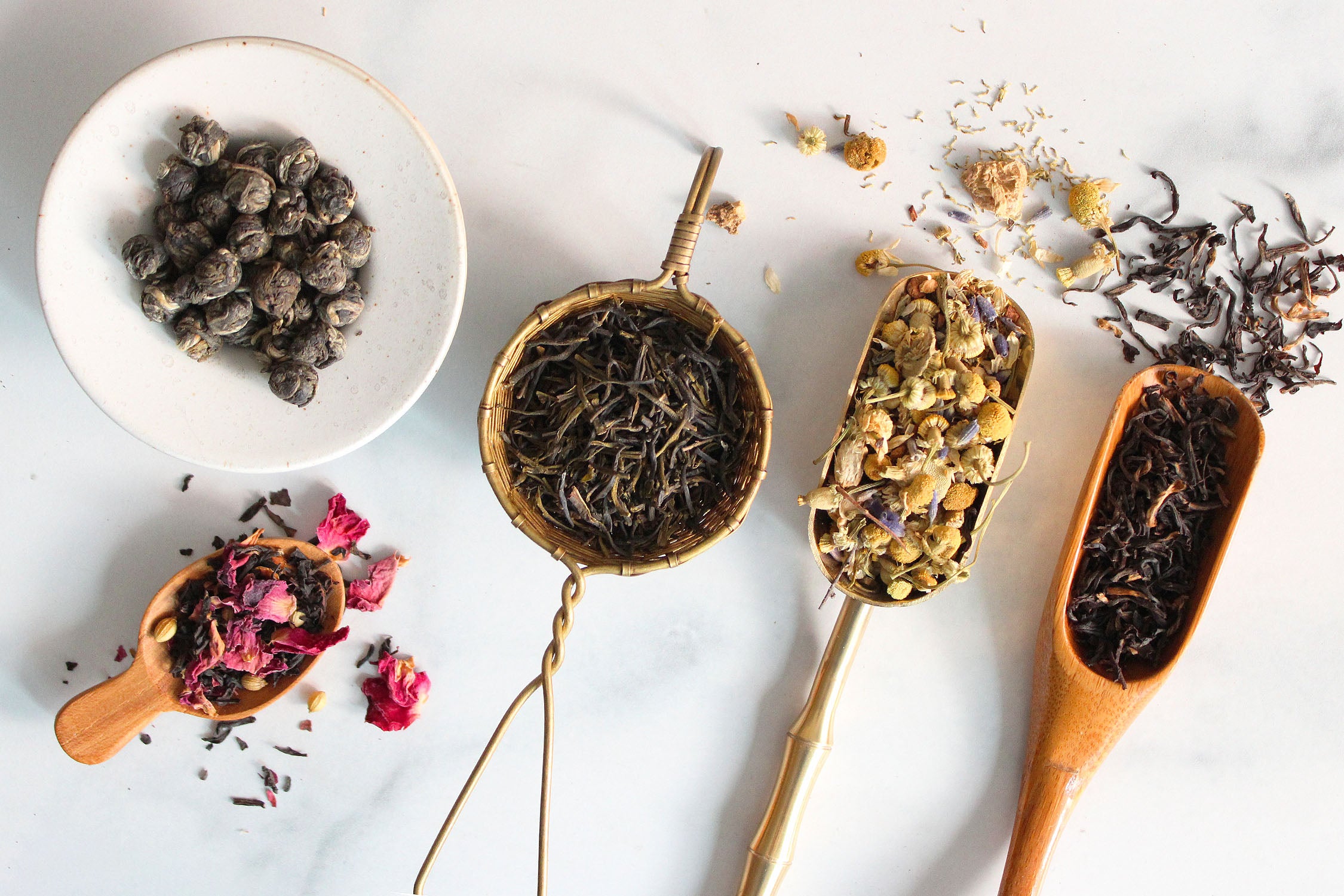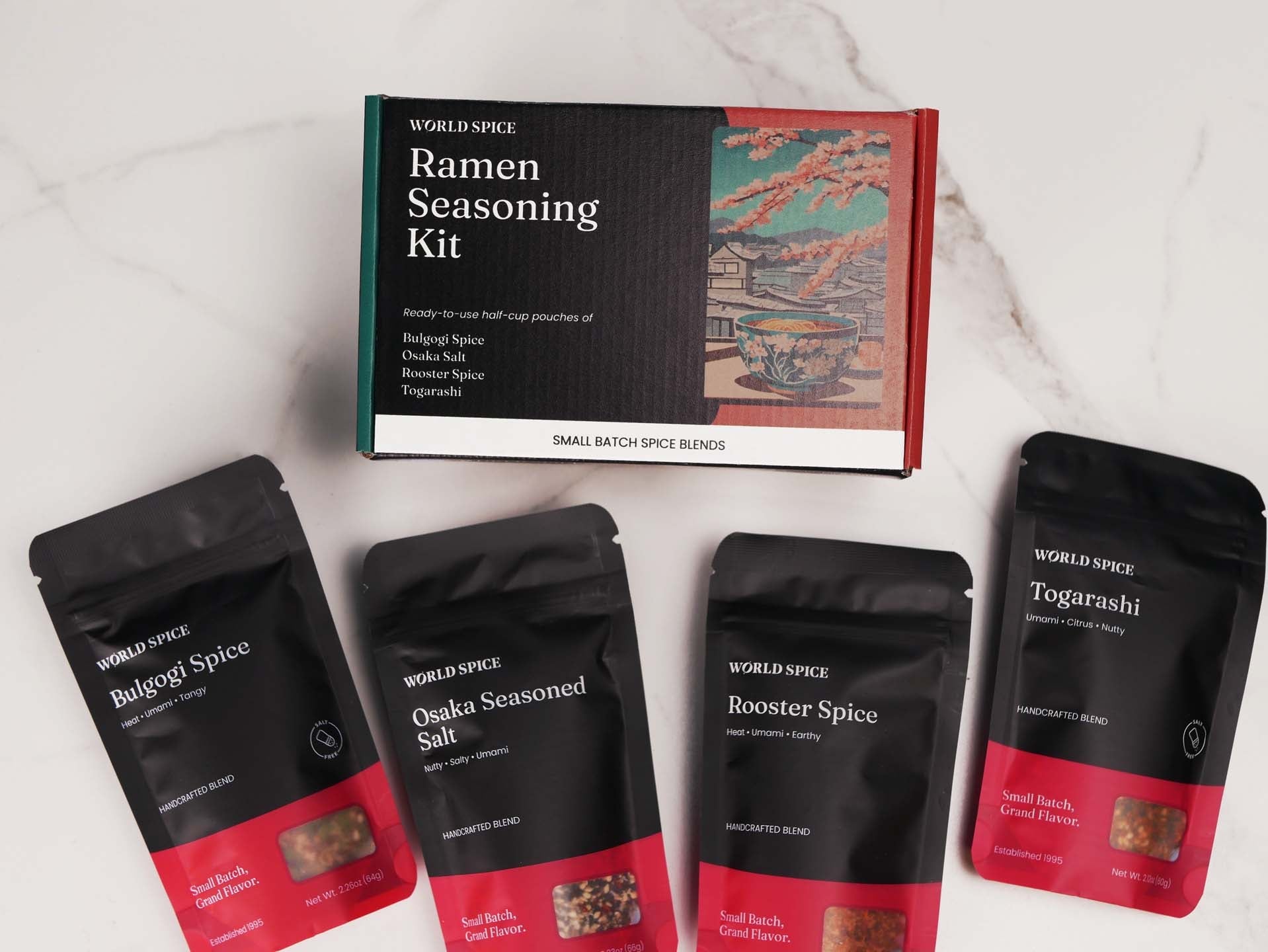Tea isn’t just a drink — it’s an experience, a journey, a never-ending exploration of flavor. At Colorful Tea Co. we’re here to make that journey fun, delicious, and totally approachable. This week, we’re diving into the classics: the true teas.
But what exactly is a true tea? Black, green, and oolong, as well as white teas and pu’er, are known as “true teas” and all come from the same plant — Camellia sinensis. The differences in color, taste, and character come from when the leaves are harvested, how they're dried and processed, and where they're grown.
A Rainbow of Flavors
Each tea has its own unique taste, aroma, and brewing method. One of the biggest factors in how a tea develops its character is oxidation — the process of exposing tea leaves to air as they dry. The more oxidized the tea, the deeper its flavor and the hotter the water you’ll need to brew it just right. From bold and malty black teas to delicate white teas, here’s a quick look at the most common types, ranked from most to least oxidized:
☕ Black Tea: fully oxidized, rich, and robust
🌿 Oolong Tea: partially oxidized, floral and complex
🍃 Green Tea: lightly oxidized, fresh, and grassy
🌸 White Tea: minimally processed, delicate, and subtle
🫖 Pu’er Tea: fermented and aged, earthy and deep
Black Tea
You know it, you love it, it's the most well-recognized and user-friendly tea. Black tea is heavily oxidized, evident in the deep color of its dried leaves and the rich, dark hue of the brewed tea — almost resembling coffee. Expect a strong flavor (think malty, earthy, fruity, and smoky!) along with astringency, which is the quality that makes your mouth feel dry when you sip it.
Black teas to steep, sip, and savor: Keemun and Assam.
Oolong Tea
Lighter than black tea and brewing up a golden or yellow color, Oolong is less common than green or black tea, and falls right between them in terms of oxidation. Oolongs have the sunniest and sweetest flavors of all the teas, with floral, haylike, nutty, and buttery notes.
Oolong tea to steep, sip, and savor: Magnolia Oolong
Green Tea
With very light oxidation, these teas are milder and are steeped at lower temperatures for shorter amounts of time, brewing in shades of pale yellow and green. Green tea flavors lean vegetal, brothy, oceanic, and grassy. While it tends to be the most divisive of all the teas, it's all about perfecting the brew method, and we're here to convert the naysayers.
Green teas to steep, sip, and savor: Nepalese Green and Rwandan Green


